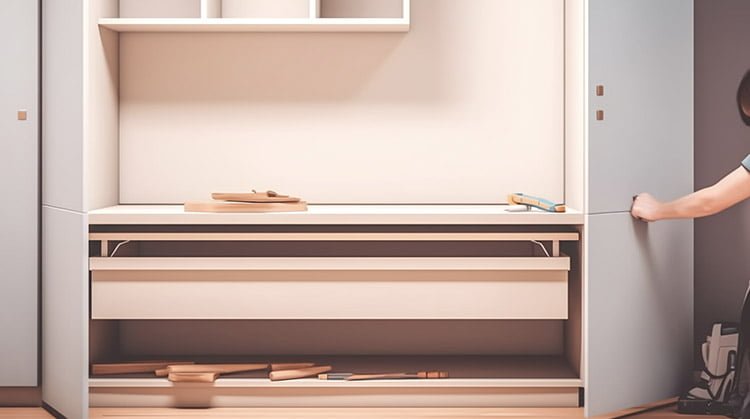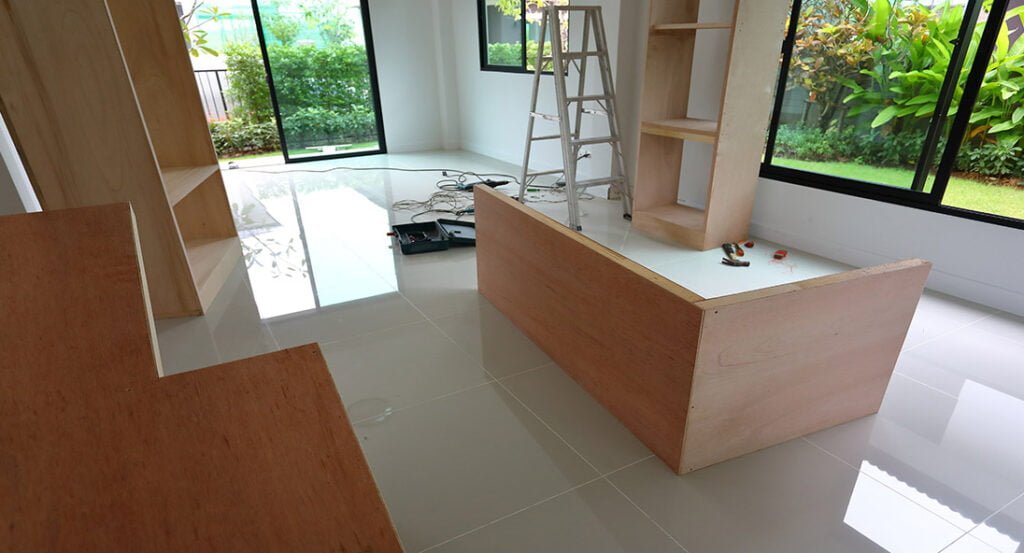High-end furniture, outdoor paneling, decks, and flooring and other wooden products have higher requirements for wood. Therefore, hardwood plywood has become the first choice for such products. How to choose hardwood plywood? Dongstar will tell you:
Some of the most popular hardwoods include ash, birch, cherry, mahogany, maple, oak, poplar, teak, and walnut. In addition to the decorative quality of the grain, look for boards that will be as stable as possible during changes in humidity.
Still unsure whether hardwood or softwood is best for your project? Our blog post breaks down the advantages of Hardwood Versus Softwood.


Hardness Of Hardwood Lumber
Hardwoods are significantly more dense than common softwood lumber such as pine and fir. In order to withstand everyday use, most high-end furniture and wood flooring is made of harder wood species.
The lumber industry uses the “Janka hardness test” to test and rate common woods for hardness. The test measures the force required to embed a steel ball halfway into a sample of wood. A higher number on the scale indicates a harder and more durable wood.
Because hardwood is denser, it has the advantage of taking stain better than more porous softwood.
Hardwood Lumber Cuts
During the milling process, lumber can be Flat Sawn, Rift Sawn, or Quarter Sawn.
Flat Sawn – Least Stable
This is the most common, but least stable, cut. The milling process involves simply slicing horizontal layers along the length of the log. Although it is the most affordable option, this type of wood may have problems with twist, cupping, and bowing over time.
Instead of an even grain, flat sawn wood has an irregular, wavy pattern.
Rift Sawn – More Stable
Rift Sawn hardwood is more stable than Flat Sawn hardwood and has an end grain that is slanted between 30 to 60 degrees.
Quarter Sawn – Very Stable
Quarter sawn planks have a fairly straight grain. Quarter Sawn lumber has a fairly straight 60 to 90-degree vertical grain, with an end grain that runs up and down. Quarter sawn lumber may have ray flecks that add an interesting pattern in many species of hardwood lumber including maple, oak, sycamore, and beech.


However, because it’s not possible to use all the wood in a cut of timber with this method, these planks are generally more expensive.
Tip for the budget-conscious
Quarter Sawn and Rift Sawn lumber can be found on the edges of a flat sewn plank. It can be cut off, and the less stable center portion used for firewood or other purposes.

